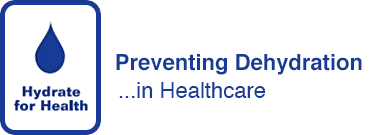Economic Assessment of the WaterDrop by York University for the NHS
Use the WaterDrop instead of an intravenous drip for rehydration and reduce costs by over 95% and reduce plastic waste by over 70%:
Background is that as part of the NHS Innovation Accelerator our product, The WaterDrop, has had an economic assessment done for the NHS by the University of York and established that if the WD is used to hydrate a patient instead of an I/V for rehydration the cost differential based on the cost of the equipment plus staffing and system costs is £370 for the drip and £14 for the WD. This is a colossal difference (95%+) Plus there is a 70% reduction in plastic use.
The reality is that well over 50% of I/V drips used for rehydration (not medical need) can , and should ,, be avoided. This has some very clear potential for making both massive saving and reductions in sue of plastic but also really helps with the patient experience and will reduce length of stay and potential for infections from cannulas not being needed. Applied nationally this could potentially save the NHS £millions if not £billions.
Chelsea and Westminster hospital, in 2019 (pre Covid, so ‘normal’ year) used 120,000 i/v drips just for rehydration. We know at least 50% of these are avoidable but let’s say we managed to stop 10,000 by using The WaterDrop. At a saving of around £350.00 per avoided drip then that would give a very clear saving to the hospital of £3.5million and well over 2 tonnes of non-recyclable plastic…….
if this was replicated over the whole NHS and it would be almost £600million in saving on those ratios – but if we cut the drips by 20% it would be over £1 billion – in an easy to achieve , better for patients, better for the environment manner.
